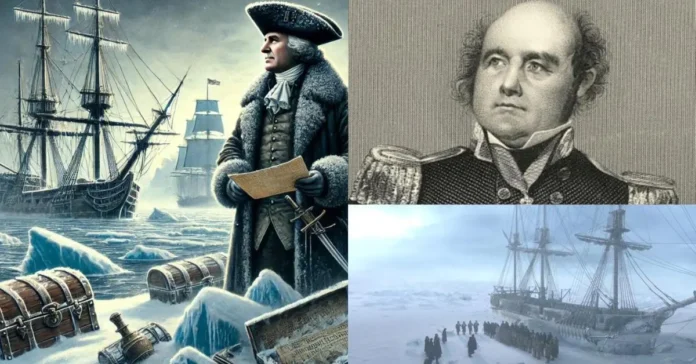In the mid-19th century, one of the most daring and ill-fated voyages in Arctic exploration set sail from England. The Franklin Expedition, led by Sir John Franklin, sought to find the elusive Northwest Passage, a sea route linking the Atlantic and Pacific Oceans through the Arctic. The story of this expedition, however, would not be one of triumph but of tragedy, mystery, and an enduring puzzle that captivated the world for more than a century.
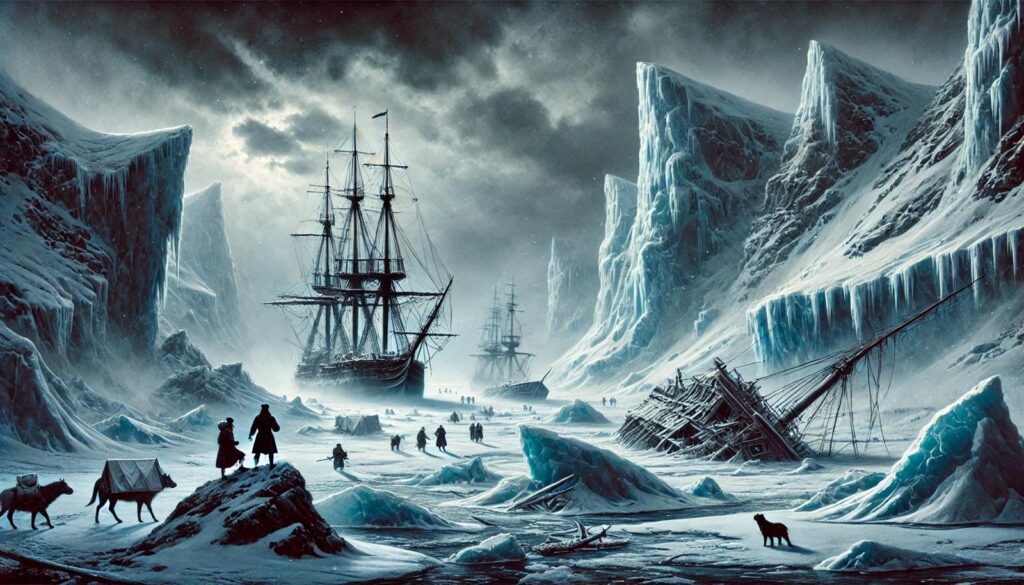
Setting Sail into the Arctic.
In May 1845, two ships, HMS Erebus and HMS Terror, set off from England with 129 crew members on board. These ships were marvels of their time—heavily reinforced to withstand the brutal Arctic ice and equipped with the latest technology, including steam engines and iron plating. Their mission was clear: chart the unexplored regions of the Canadian Arctic and find the fabled sea route to the riches of Asia.
Sir John Franklin, a seasoned explorer in his 60s, commanded the expedition. Despite past Arctic experiences, Franklin and his men underestimated the true dangers they would face. The Arctic was not only a land of ice and snow but also an unforgiving wilderness where even the most advanced ships and determined sailors could be rendered helpless.
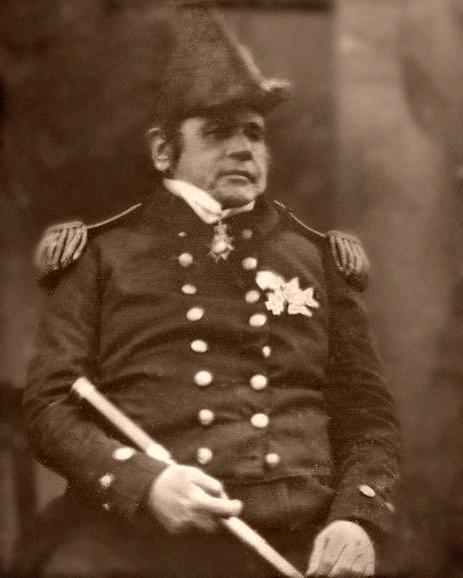
Sir John franklin.

The Vanishing of the Franklin Expedition.
After a few brief stops in Greenland, the Erebus and Terror sailed into the unknown. The last confirmed sighting of the ships by European whalers was in July 1845, in Baffin Bay. After that, the expedition vanished.
Years passed with no word from Franklin or his men. By 1848, concern for the crew’s fate grew, and search missions were launched. Despite extensive efforts by both the British Navy and independent explorers, the Arctic yielded few clues. The frozen wilderness seemed to have swallowed the ships and their crew whole.
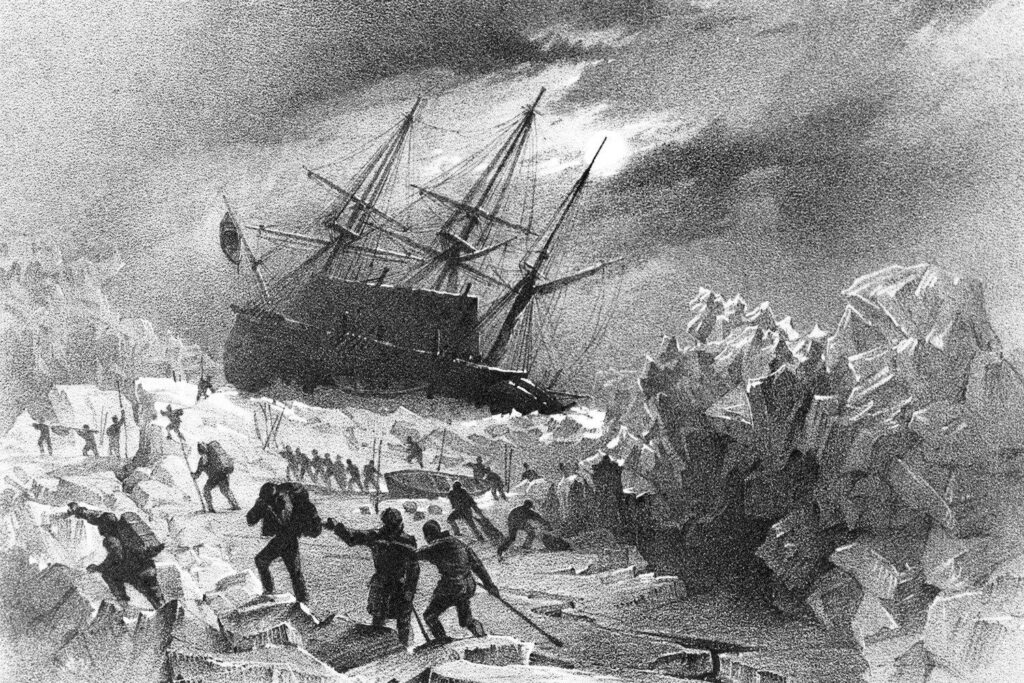
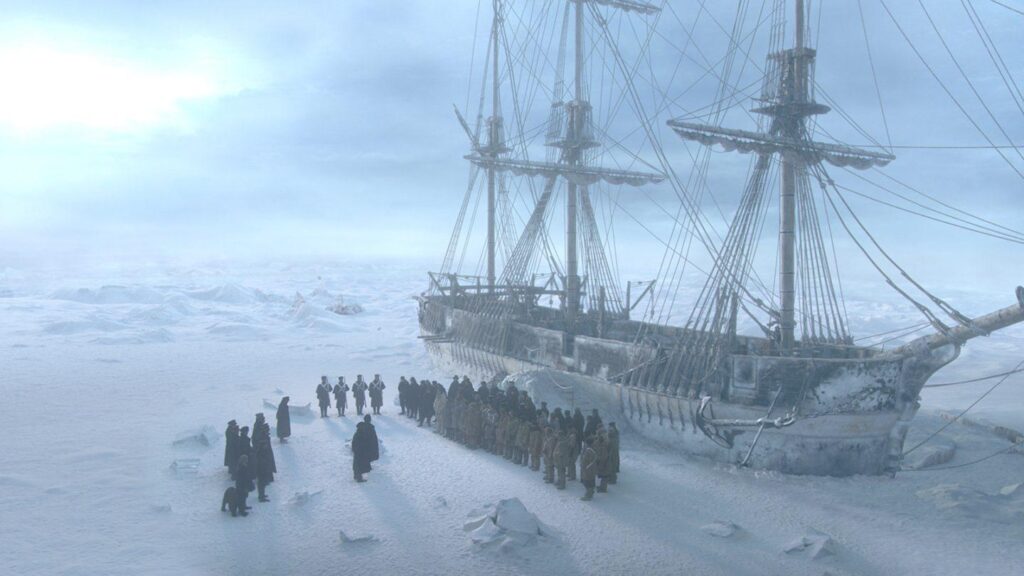
Evidence Emerges Tales of Death and Desperation.
It wasn’t until 1850 that traces of the expedition began to surface. Searchers found abandoned campsites, graves, and relics on Beechey Island. Among the discoveries were the graves of three crew members, buried in the permafrost, who likely succumbed to disease early in the journey.
The most significant breakthrough came in 1859 when a search party led by Francis Leopold McClintock found a note on King William Island. The note revealed that Franklin had died on June 11, 1847 and that the remaining crew had abandoned their ships in a desperate bid to survive. The last survivors were believed to have perished while attempting to march south in search of help.
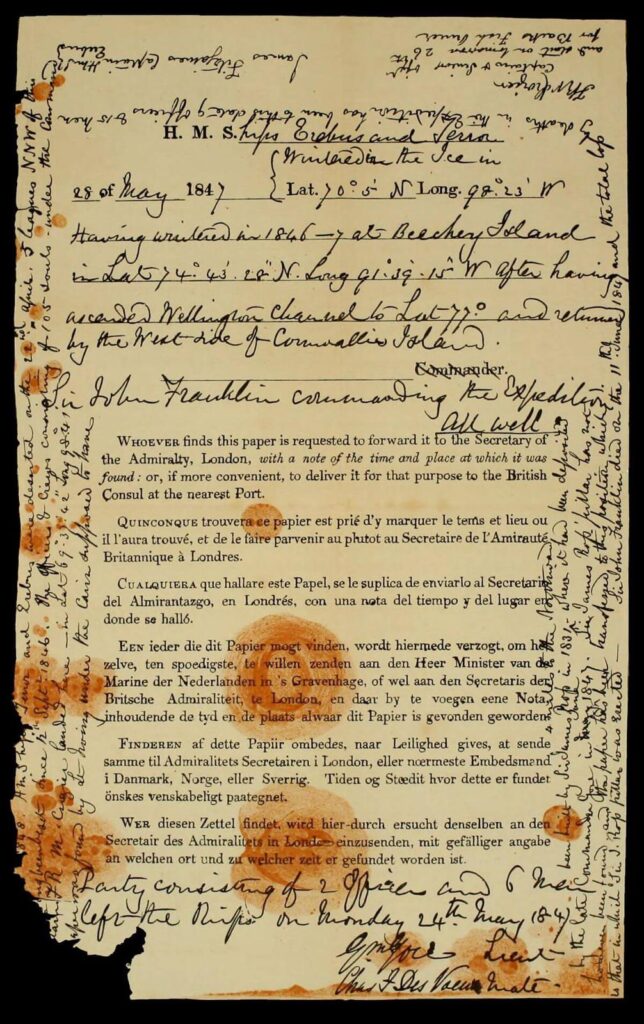
The note found in a cairn on King William Island, which describes the plight of the Franklin expedition and their decision to head for Back River.
A Chilling Fate: The Truth Beneath the Ice.
The note and the remnants of the expedition painted a grim picture: starvation, exposure, and disease had decimated the crew, and possibly lead poisoning from the canned food they brought. Further investigation uncovered evidence of cannibalism, a haunting testament to the extreme measures the men were forced to take in their final days. The Arctic had claimed them all.
For over 150 years, the Franklin Expedition remained one of the greatest unsolved mysteries in the annals of exploration. What exactly happened to the ships? Where did they go down? The harsh conditions and time had preserved some artifacts, but the ships themselves remained elusive.
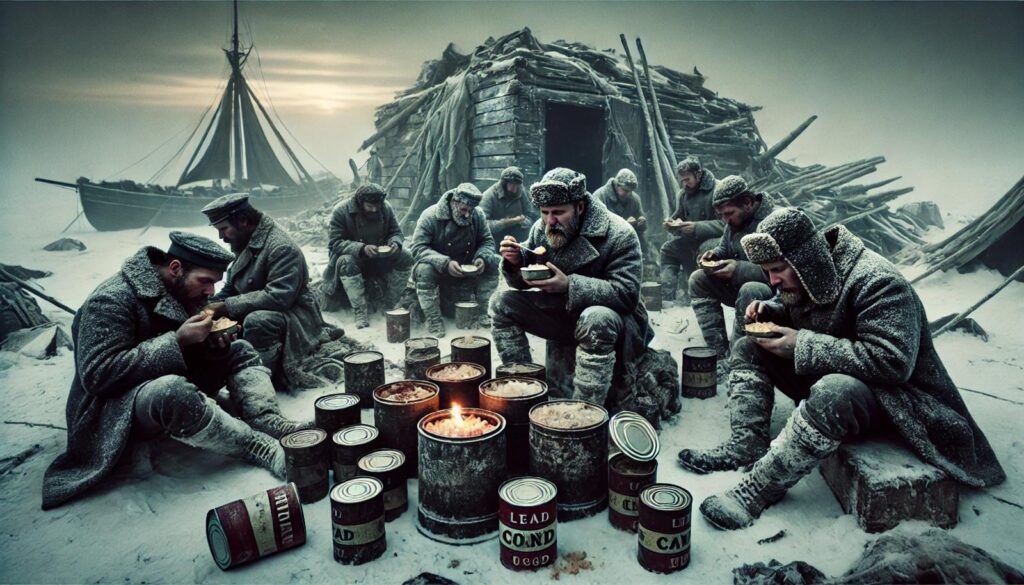
Modern Discoveries.
In 2014, the mystery took a remarkable turn. A Canadian team, using sonar technology and guided by Inuit oral histories, discovered the wreck of HMS Erebus in the shallow waters off King William Island. Two years later, HMS Terror was found, astonishingly well-preserved at the bottom of an Arctic bay. These discoveries provided fresh insights into the crew’s final days and the harrowing circumstances they endured.
Artifacts from the wrecks—canned food, clothing, and personal belongings—offer glimpses into the lives of the crew as they battled the relentless cold. The ships themselves, now frozen in time beneath the Arctic waters, stand as silent monuments to human determination, curiosity, and, ultimately, frailty.
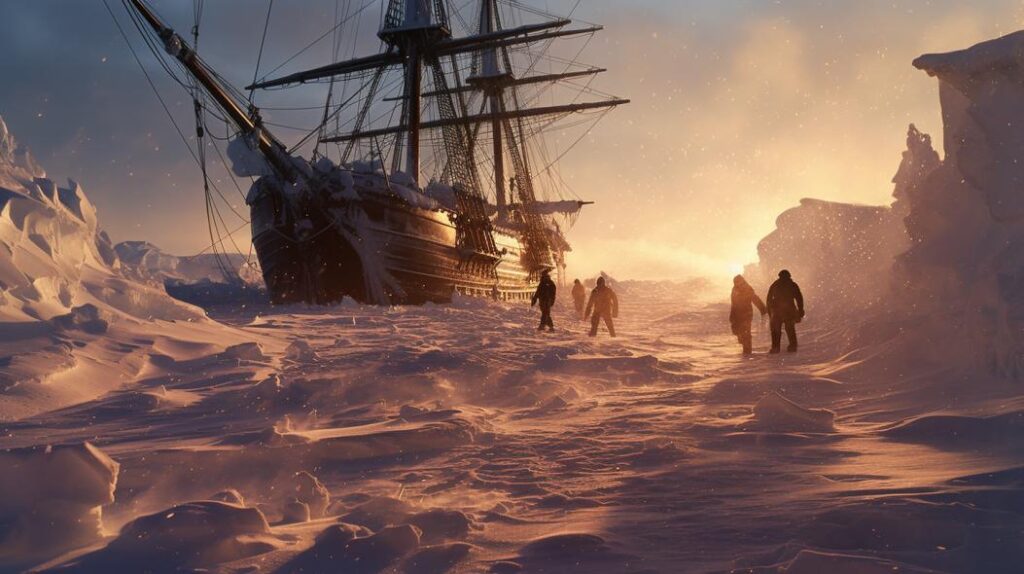
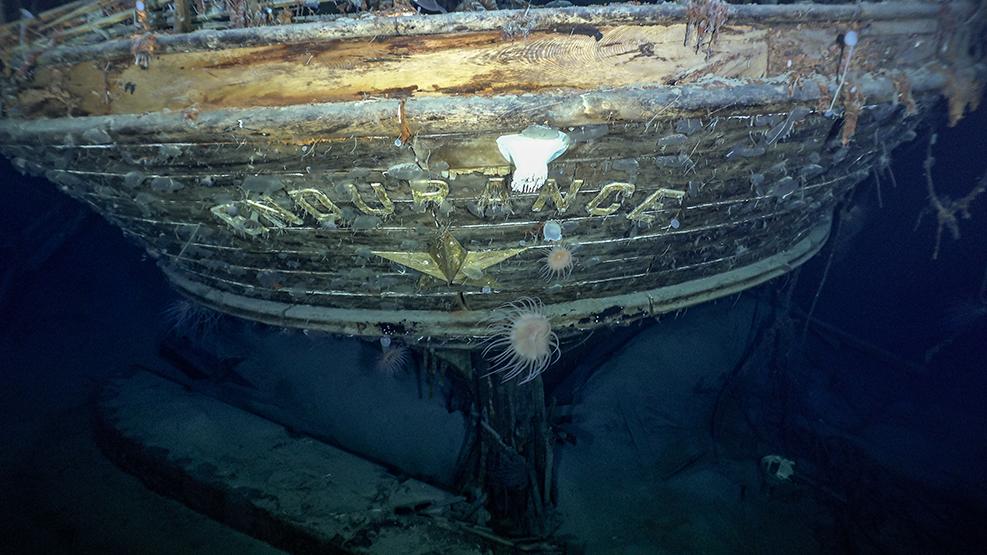
The ships.
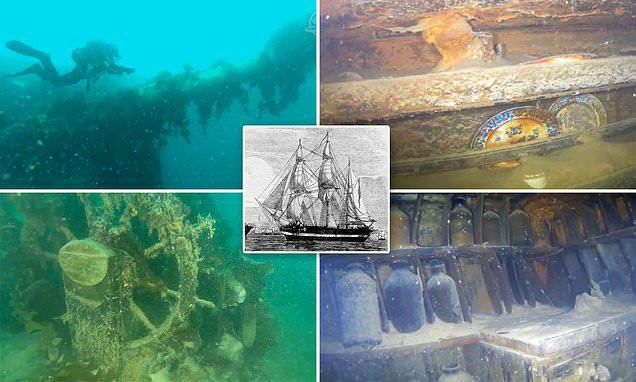
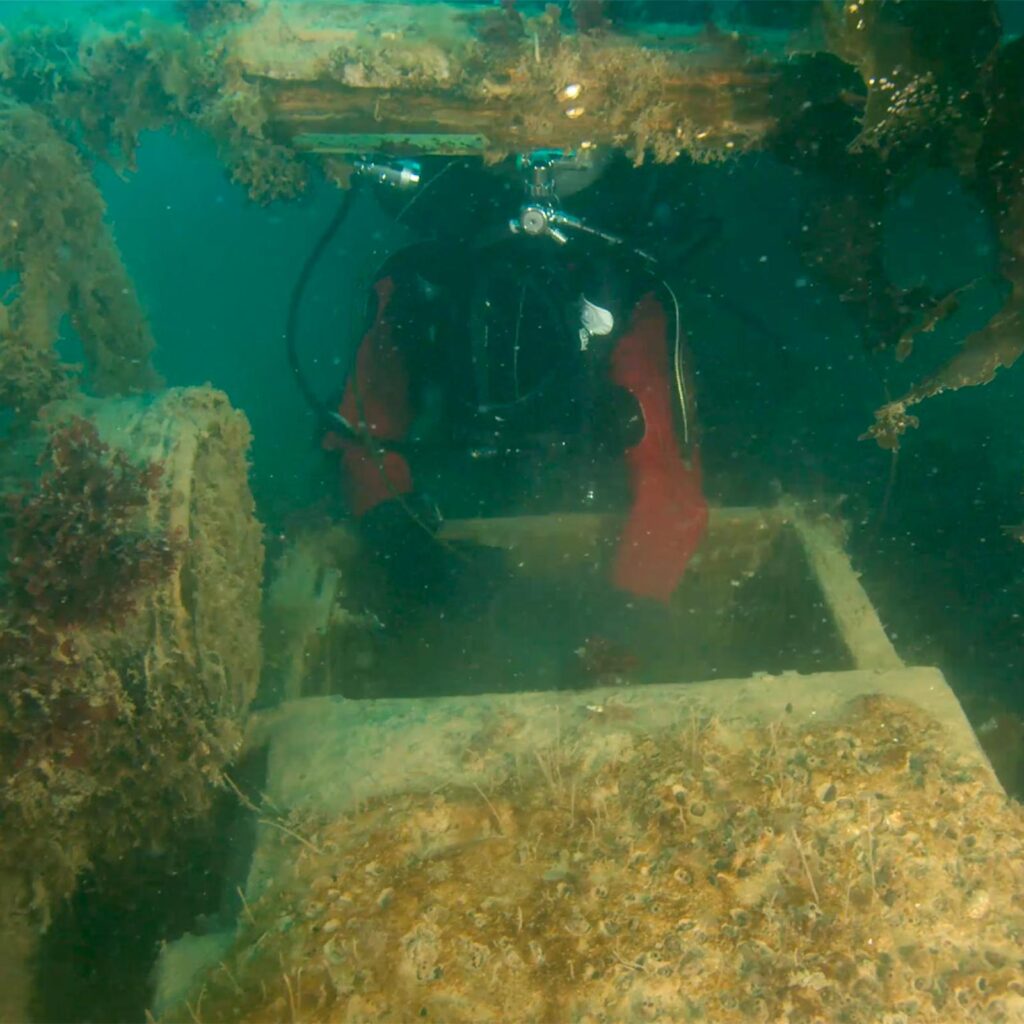
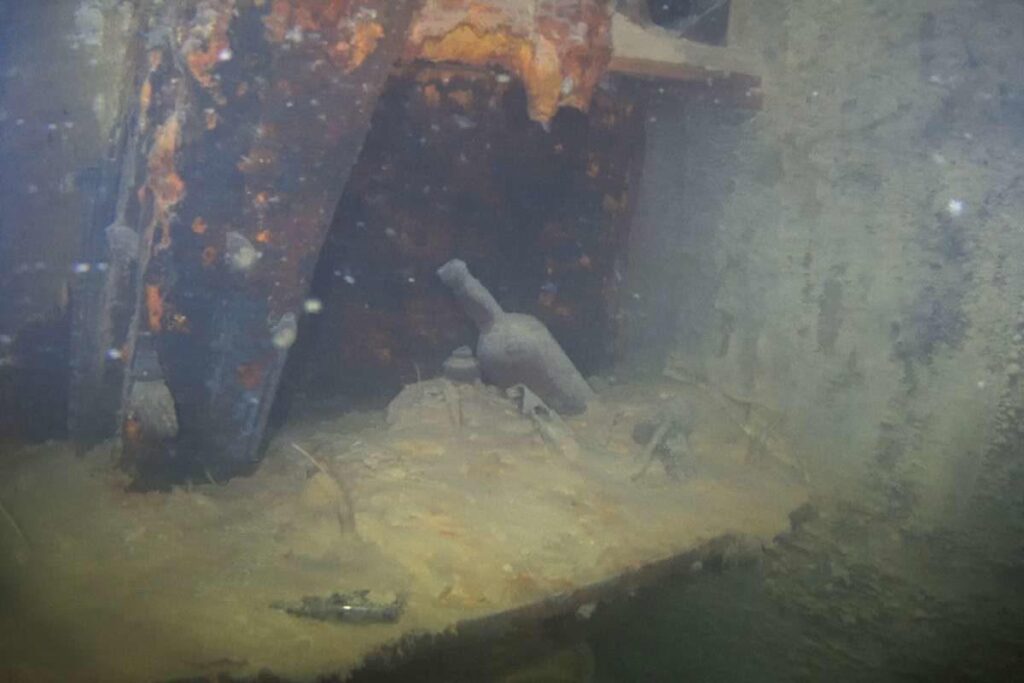
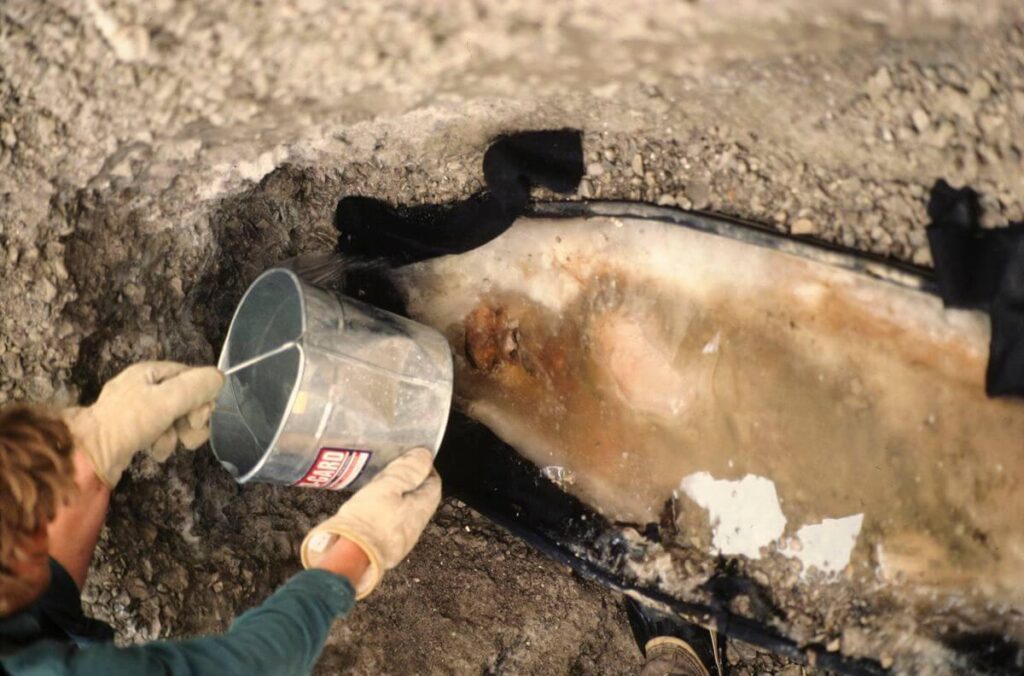
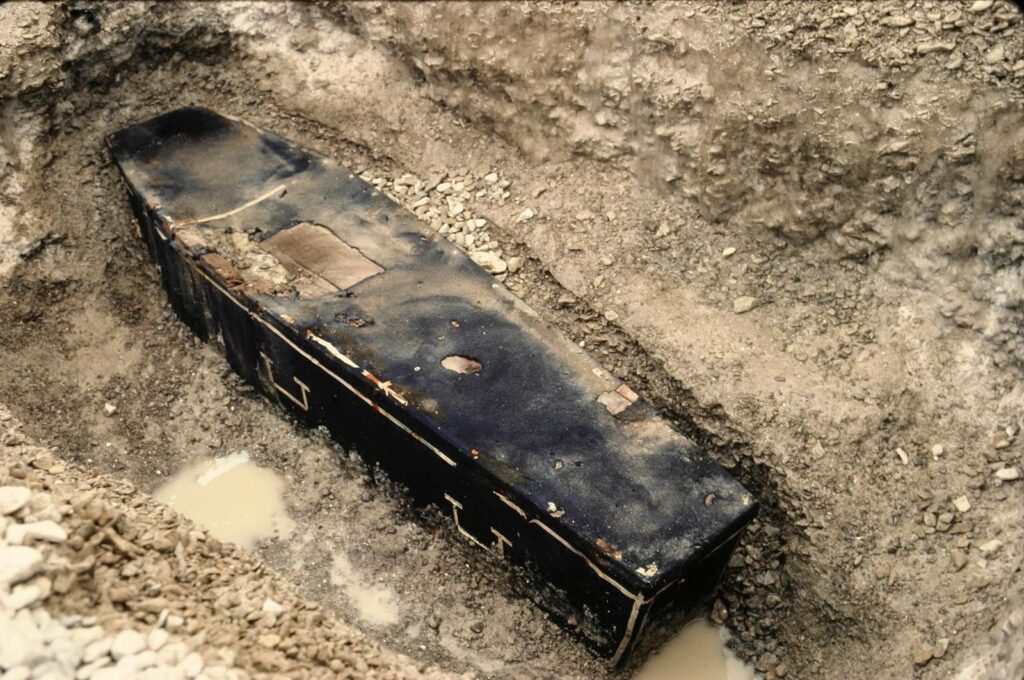
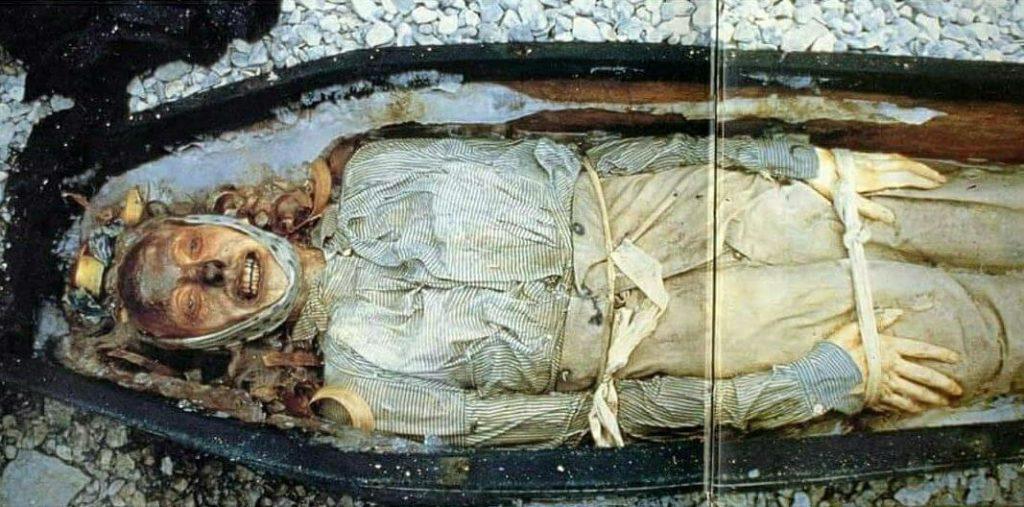
The body of John Torrington.
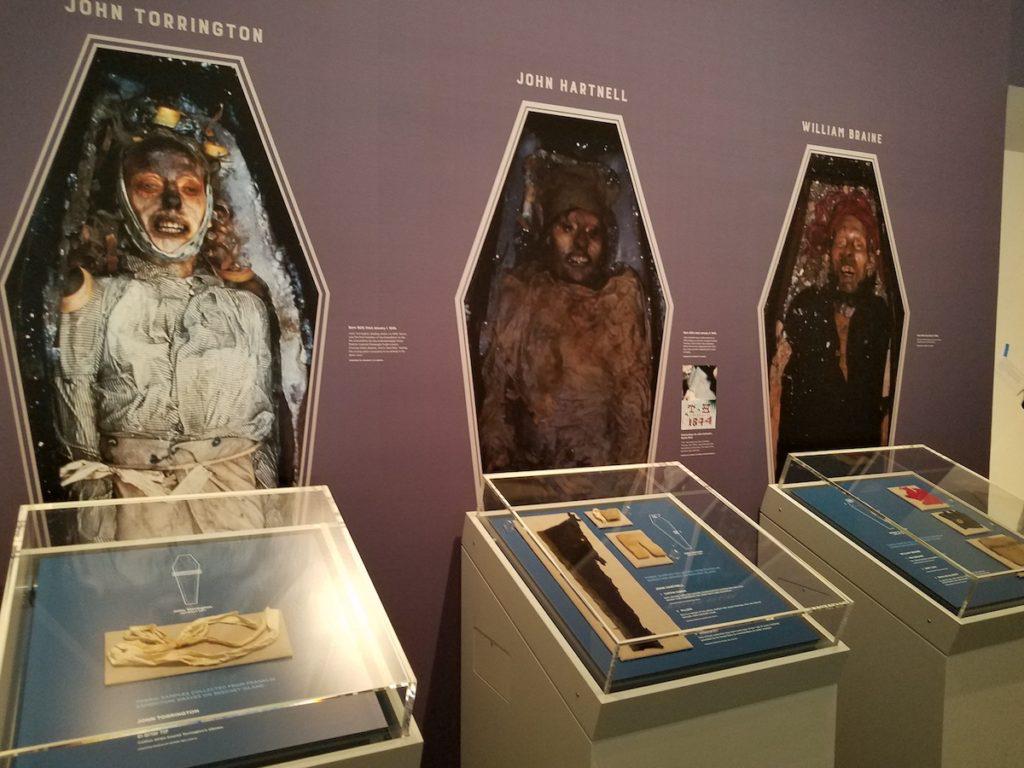
The exhibit includes a display of artifacts from the Franklin, and pictures of the mummified remains of crew members
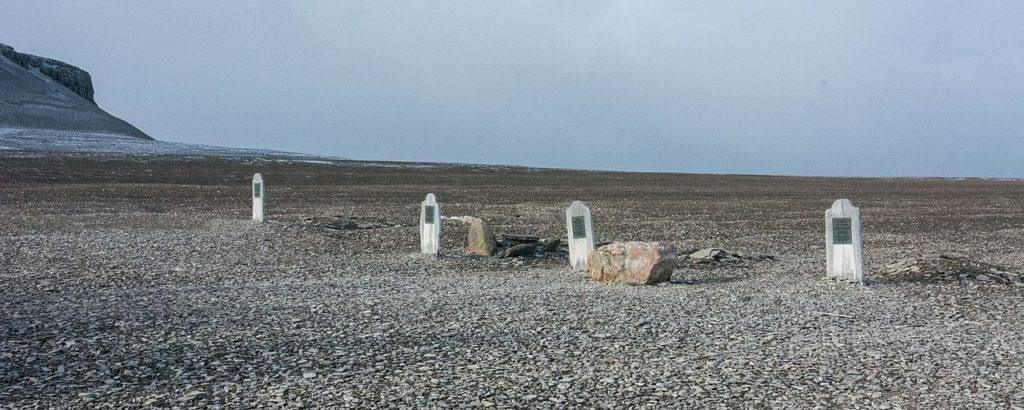
The small cemetery on Beechey Island. Three graves from the Franklin expedition, and a fourth grave from one of the search expeditions
Legacy of the Franklin Expedition.
The Franklin Expedition’s tragic end did not deter future explorers from seeking the Northwest Passage. In fact, it spurred a renewed interest in Arctic exploration. The lessons learned from Franklin’s failed voyage contributed to safer and more successful expeditions in later years. In 1906, Norwegian explorer Roald Amundsen finally completed the Northwest Passage, fulfilling the dream that cost Franklin and his men their lives.
Today, the story of the Franklin Expedition remains a powerful reminder of the perils of exploration. It is a tale of ambition, survival, and the unforgiving power of nature—a mystery that captured the imagination of generations and continues to fascinate us.
As we uncover more about their fate, the men of the Franklin Expedition are no longer lost to history. They are immortalized in the icy waters where they met their end, forever remembered as pioneers who dared to brave the unknown.
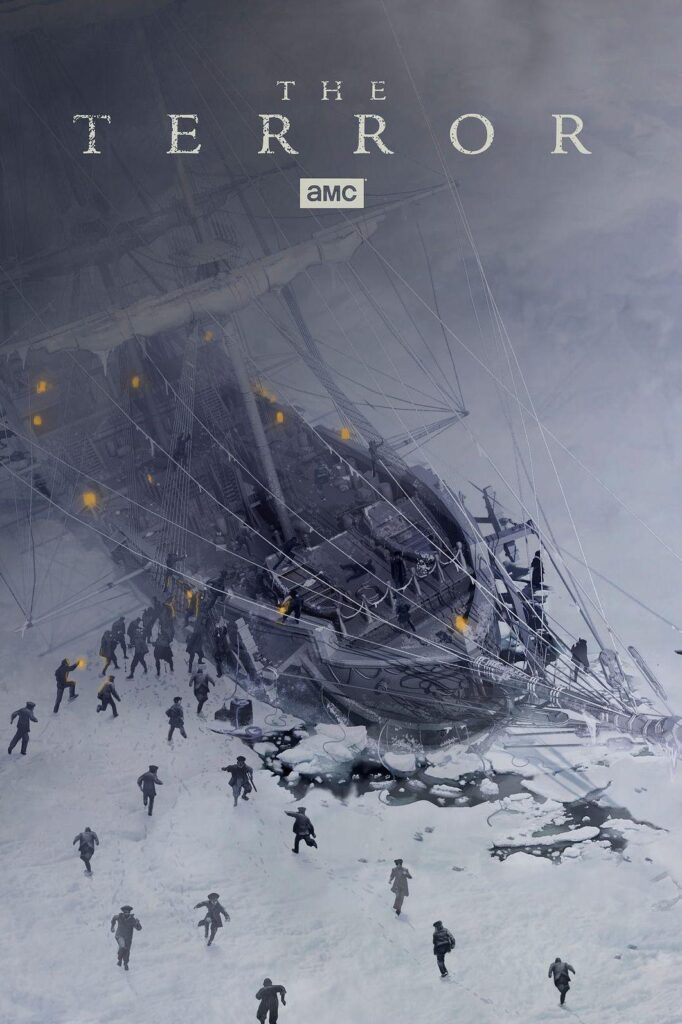
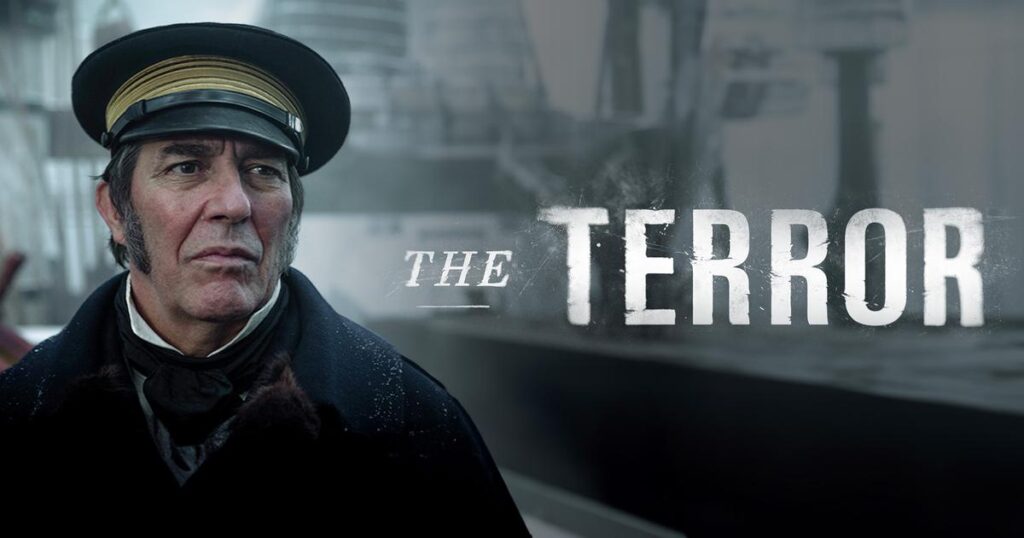
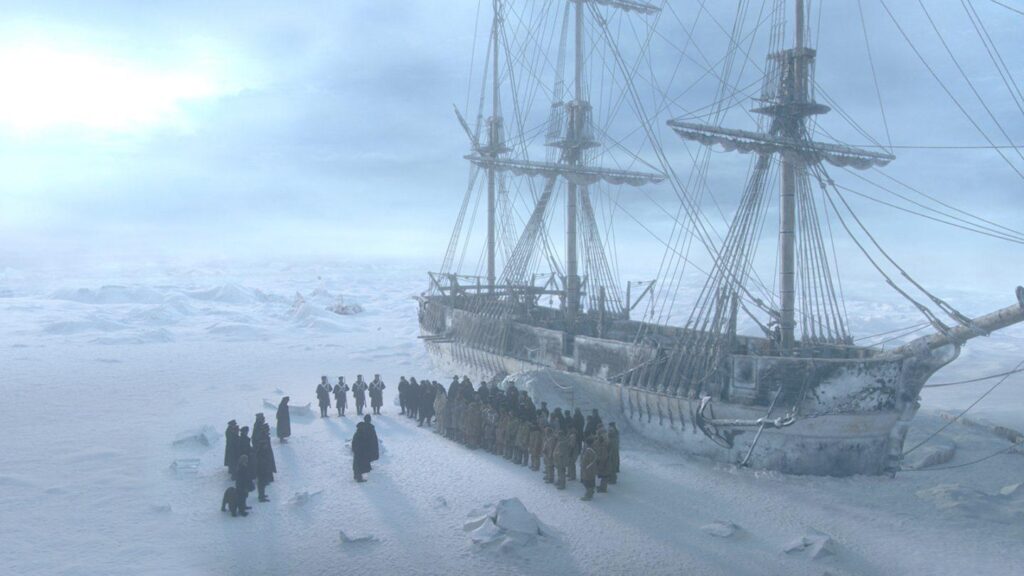
The Terror
The television show ‘The Terror’ tells a fictionalised version of Sir John Franklin’s last expedition, as the ships Terror and Erebus are stuck in the Arctic ice.

